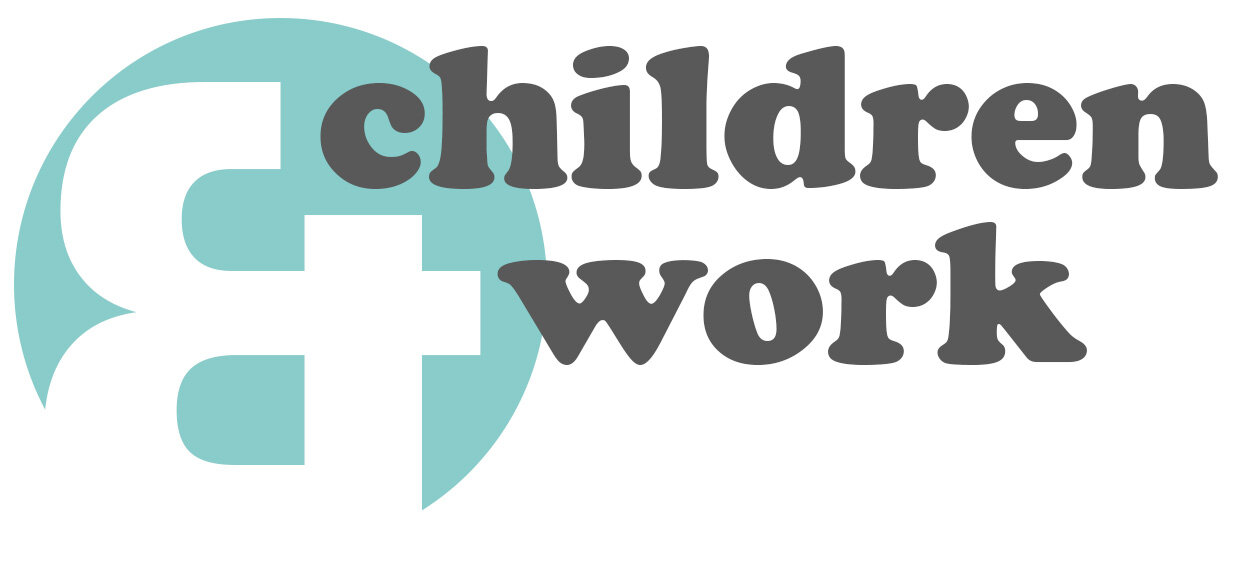Bangladesh’s Garment Industry – From Child Labour into a Life that is Worse
Shouldn’t countries use all tools at their disposal – including those related to international trade – to protect children around the world? That is an argument made by proponents of international trade restrictions, who want to make it illegal to import goods made (or made in part) by children. It seems like taking a stand for children’s human rights. Or is it?
In 1992, Bangladesh was one of the world’s poorest countries, desperately short of revenues and foreign exchange required to invest in the most basic infrastructure for development. The country had, however, become one of the world’s leading manufacturers of ready-made clothing for export. The garment industry was even more important as a source of employment – a modern kind of employment where skills could directly benefit workers, especially women who for the first time had access to regular wages and more independence. Although work in the garment industry can be hard and unpleasant, it was a way for women to improve their lives.
Child workers were estimated to make up no more than 15 percent of the garment industry workforce in 1992. Most child workers were girls of 12 years of age and older who worked in safe entry-level tasks as “helpers” for a few months at a time, entering and leaving the workforce or moving between employers at will. Those who stayed with an employer for a year or so as a helper were generally promoted into more skilled and higher paid positions when they reached the legal working age of 14.
Work in the hot and crowded garment factories was not pleasant for children. They kept the same hours as adults, and they were often shouted at and humiliated, even slapped, by supervisors for mistakes and infractions of rules. Such treatment, however, seems to have been how Bangladeshi children were supervised and corrected everywhere, including in school and at home.
Most child garment workers had left school before learning to read and write, but they were earning more, eating more nutritiously, and making better use of health services than other children. Children reported that most other work open to them paid less, and was more dangerous or otherwise less appropriate for them. In the extreme poverty of Bangladesh, many children did not have the option not to work.
Starting in late 1992, tens of thousands of child workers were dismissed from their jobs in Bangladesh garment factories as a result of pressure from the United States. Legislation had been proposed in the U.S. – the Child Labor Deterrence Act of 1992, commonly called the “Harkin Bill” – and it was strongly and aggressively backed by U.S. trade unions and a coalition of non-profit organizations. Some suggest that the bill’s purpose was at least in part trade protectionism masquerading as child protection. What is written in the bill says it was intended to improve the lives of children by freeing them from factory work in order to attend school. Even though it never became law, it had a strong effect, opposite what appears to have been intended.
In December of 1992, only months after the Harkin Bill was proposed, a television exposé showed that America’s largest retailer was selling clothing labeled as being made in the USA, but actually it was produced in Bangladesh with the involvement of child labor. The resulting uproar attracted both political and public support for legislative action to ban imports made by children, and some organizations threatened a consumer boycott.
Afraid of a boycott, some Bangladeshi garment manufacturers began firing child workers. Buyers for clothing retailers also began to insist that the youngest workers be let go. Widely articulated threats from the American ambassador and others inflamed Bangladeshi fears of an imminent U.S. consumer boycott. This caused a near panic, and the industry laid off more and more young workers, sometimes without even paying them.
No one knows exactly how many children were laid off (retrenched), since they just disappeared – there was no way to count them. But a consensus guess is that 40,000 to 50,000 children were fired, without any assistance being provided until 1995, when special schools admitted about 8,500 students, some of whom had been garment factory workers.
Later, a tracer survey of former child workers in export garment factories found that a large number had found new jobs in production of clothing that was not going to be exported – factories where pay, working conditions, and opportunities for advancement were worse than in the factories producing for export. Being fired did not mean they returned to school. Instead, their income fell, their diet deteriorated seriously, and they used health services much less. The tracer survey showed that, years later, those children who had managed to avoid being retrenched had better economic outcomes.
Policy Challenges
This whole episode arose from U.S. assumptions that children would be better off if they were prevented from working, assumptions which apparently were not questioned until they provoked a disaster among the children of Bangladesh.
Policy Recommendations
Interventions to protect children should be assessed on outcomes in children’s lives rather than against an idealised image of childhood.
Sources
Produced by Deborah Levison, based on Bourdillon et al. (2010), Rights and Wrongs of Children’s Work, New Brunswick NJ: Rutgers Univ Press, p. 180-190. Many other sources are cited therein.
Photos credits: First image by Kenneth R. Weiss, 2014, for PulitzerCenter.org. Second image by Raveena Aulakh, Toronto Star / Getty Images.


